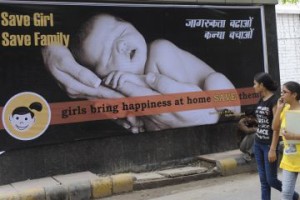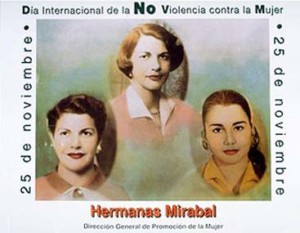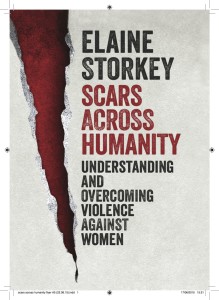Scars Across Humanity Post 8
Whose ‘honour’? Killings and femicide as reprisals for shame
He told me that in his society, a man is like a piece of gold, a woman is like a piece of silk. If you drop gold in the mud, you can clean it. But a piece of silk is ruined.1
Killing in the name of preserving honour only brings dishonour to the family and largely, the country. Kamna Arora, India
Shock and shame gripped communities in the UK when the fate of 17-year-old Shafilea Ahmed was fully revealed. The eldest daughter of five children born to parents from Pakistan, she was murdered in front of her siblings at their home in the north of England. The parents objected to her white, non-Muslim friends and her lifestyle, and were furious at her reluctance to accept their control over her life. After months of family rows, they stuffed a plastic bag into her mouth and closed her airways with their hands until she suf- focated. Having disposed of her body, they then reported her as missing. Her decomposed corpse was found the following year, but it was to be nine years of painstaking police inquiry before the offenders were brought to trial. There, they were forced to listen to the testimony, finally brought against them by Alesha, their younger daughter, who told the court of their repeated attacks and abuse of Shafilea; how they had threatened her with a knife and gun, had drugged her, and locked her in a room for days without food. She said that her sister had been ‘torn between the allure of a Western lifestyle and their demands she wear traditional clothes and agree to an arranged marriage’. On the night Shafilea died, her sister spoke of her gasping for air as her parents suffocated her. As the other children ran upstairs in shock, she saw her father carry a wrapped blanket to the car, which she believed contained her sister’s body. The couple were found guilty of murder and sentenced to life imprisonment.
On sentencing, Mr Justice Evans told the couple, ‘Your concern about being shamed in your community was greater than the love of your child . . .
read more in Scars Across Humanity
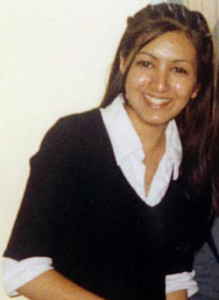
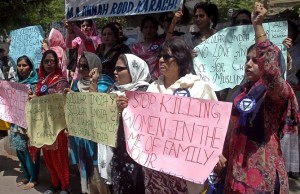
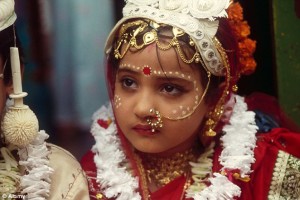
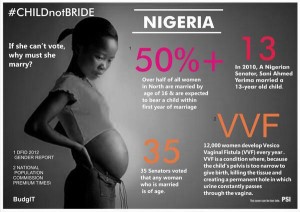
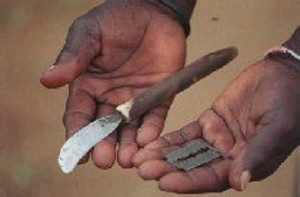
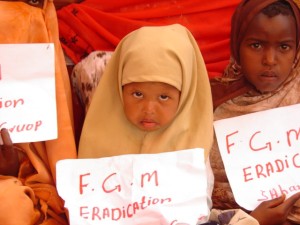 00 women in England and Wales are living with the consequences of FGM and around 10,000 girls under the age of 15 are likely to undergo cutting.
00 women in England and Wales are living with the consequences of FGM and around 10,000 girls under the age of 15 are likely to undergo cutting.